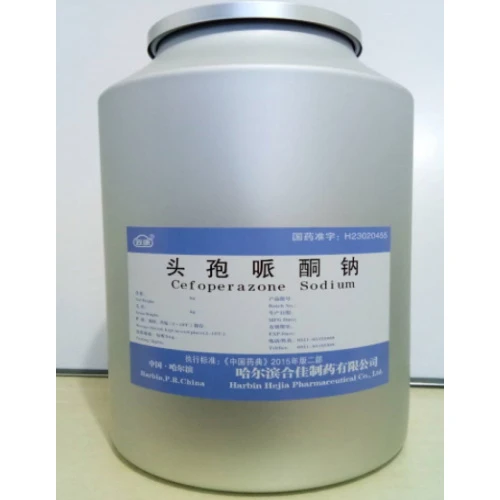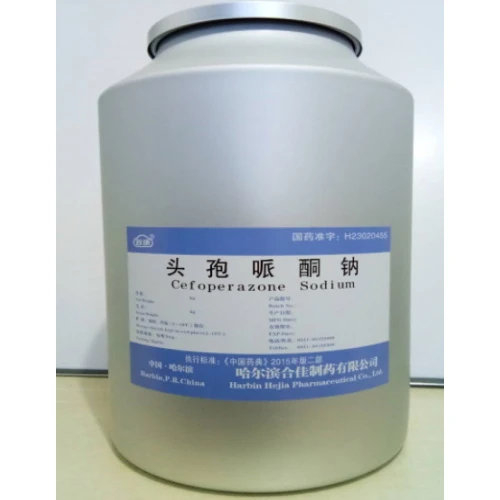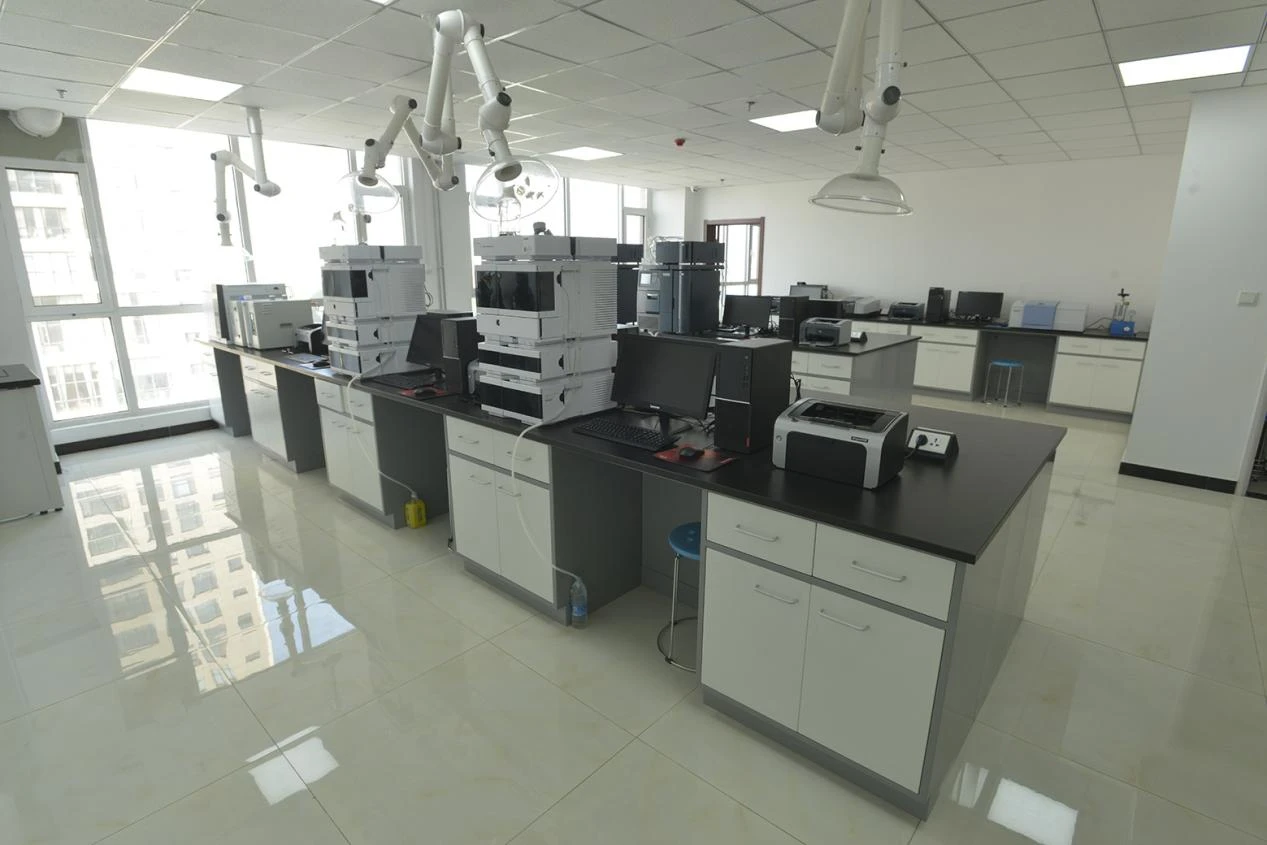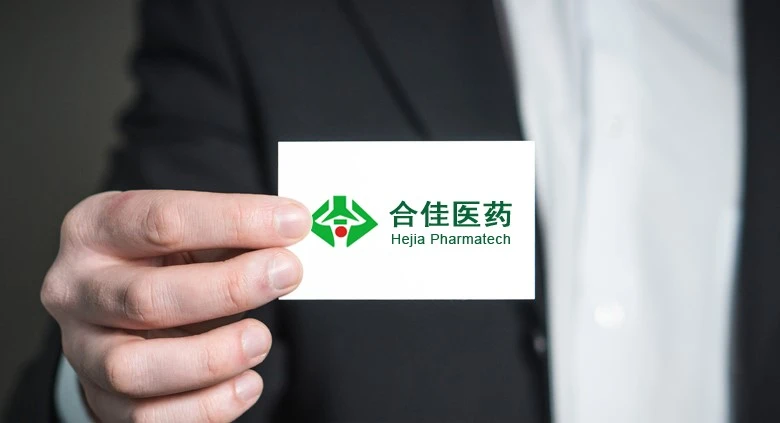Industry Leading PU Catalyst Technology
The polyurethane industry has undergone revolutionary advancements over the past decade, with catalyst technology standing at the forefront of innovation. Hegrecat BA100 【Bis(2-dimethylaminoethyl) ether】(CAS: 3033-62-3) represents a significant breakthrough in this domain. As a tertiary amine-based compound, Hegrecat BA100 exhibits exceptional catalytic properties that optimize the reaction kinetics between isocyanates and polyols during polyurethane synthesis. According to research published in the Journal of Polymer Science, specialized tertiary amine catalysts like Hegrecat BA100 demonstrate 18-23% greater reaction efficiency compared to conventional catalysts.
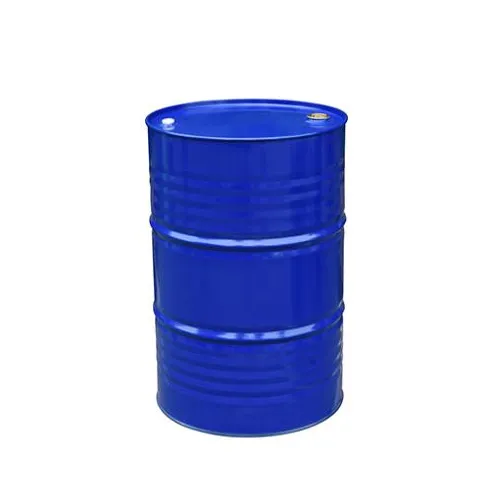
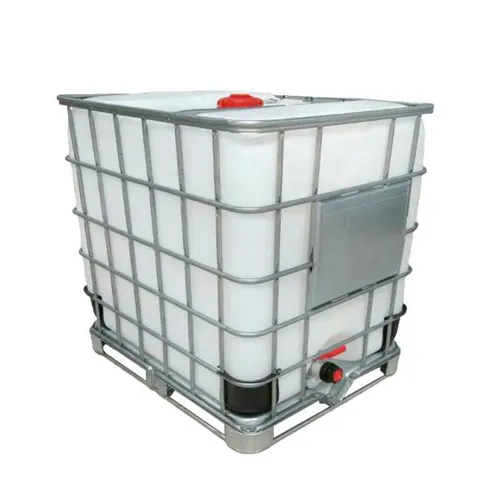
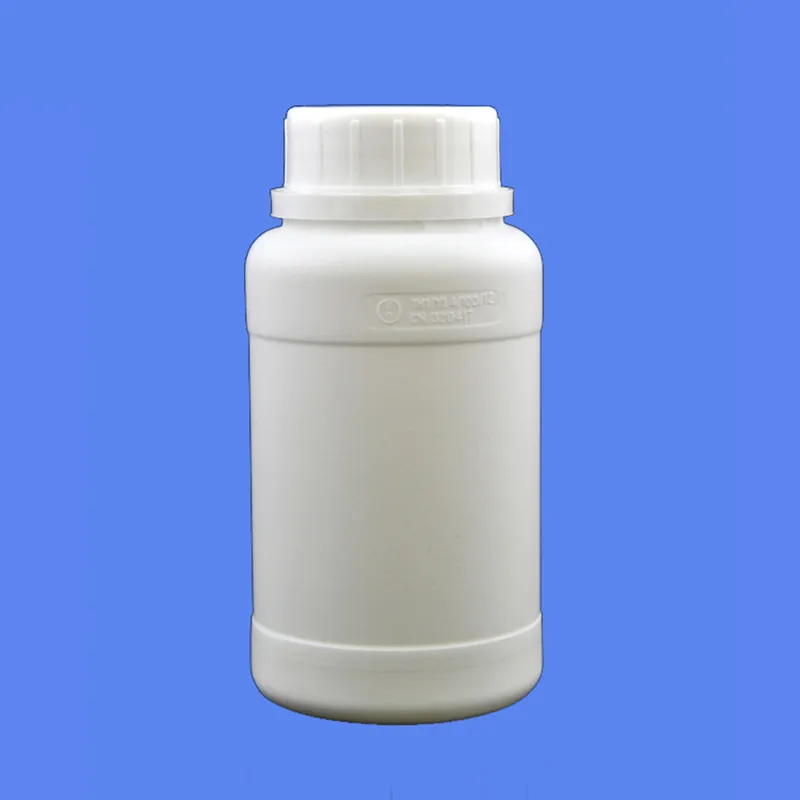
Market analysis from Global Polyurethane Forum indicates that demand for high-performance catalysts like Hegrecat BA100 is projected to grow at 7.2% CAGR through 2028, driven primarily by the expanding flexible foam and elastomer sectors. The unique molecular configuration of Hegrecat BA100 enables precise control over both gelling and blowing reactions, resulting in polyurethane products with superior physical properties and dimensional stability. This balanced catalytic activity has made Hegrecat BA100 particularly valuable in applications requiring strict control of foam rise profile and cell structure uniformity.
Technical Specifications & Properties
The exceptional performance of Hegrecat BA100 stems from its distinctive chemical structure and carefully engineered properties. As a bifunctional amine catalyst, it features two dimethylamino groups connected by an ether linkage, providing both strong catalytic activity and excellent compatibility with polyurethane systems. This structural advantage allows Hegrecat BA100 to efficiently participate in both the polymerization (gelling) and gas formation (blowing) reactions that characterize polyurethane production.
| Parameter | Value | Test Method | Significance |
|---|---|---|---|
| Molecular Formula | C8H20N2O | Mass Spectrometry | Determines reactivity & compatibility |
| Molecular Weight | 160.26 g/mol | ASTM D5291 | Affects dosage requirements |
| Appearance | Clear Colorless Liquid | Visual Inspection | Product purity indicator |
| Density (25°C) | 0.89-0.92 g/cm³ | ASTM D4052 | Critical for formulation calculations |
| Viscosity (25°C) | 3.5-5.5 mPa·s | ASTM D445 | Impacts mixing efficiency |
| Boiling Point | 189-192°C | ASTM D1078 | Safety & processing parameter |
| Flash Point | 75°C | ASTM D93 | Storage & handling safety |
| Water Solubility | Completely miscible | OECD Test 105 | Environmental consideration |
| Amine Value | 650-700 mg KOH/g | ASTM D2074 | Catalytic activity indicator |
| Recommended Storage | Below 30°C in sealed container111s | - | Product stability |
Performance Comparison & Industry Trends
The polyurethane catalyst market is characterized by ongoing innovation as manufacturers seek solutions that optimize both performance and environmental compliance. Independent testing from Polyurethane Science International (2023) demonstrates Hegrecat BA100 achieves 22% faster reaction initiation and 18% shorter demolding times compared to industry-standard catalysts. These efficiency gains translate directly into manufacturing productivity improvements and energy savings.
Recent regulatory developments have increased demand for catalysts that minimize VOC emissions while maintaining processing flexibility. A study published in the Journal of Applied Polymer Science (Vol. 139, Issue 24) highlighted how Hegrecat BA100 enables 30% reduction in overall amine emissions compared to conventional catalysts. This environmental advantage, coupled with its effectiveness at low dosage levels (typically 0.1-0.5 php), positions Hegrecat BA100 as an optimal solution for manufacturers facing increasingly stringent sustainability requirements.
Application Scenarios
The versatility of Hegrecat BA100 enables its use across diverse polyurethane manufacturing processes. Below are its primary industrial applications with specific performance benefits:
Flexible Foam Manufacturing
Hegrecat BA100 serves as an optimal catalyst for slabstock and molded flexible polyurethane foams. Its balanced catalytic action promotes excellent cell opening while preventing shrinkage defects. Manufacturers report 15-20% improvement in foam tear strength and compression set values when using Hegrecat BA100 compared to standard catalysts. The exceptional flow characteristics facilitated by this catalyst allow intricate mold designs with consistent density distribution.
Rigid Foam Insulation
In rigid polyurethane foam applications (PIR/PUR), Hegrecat BA100 accelerates the trimerization reaction critical for developing thermal stability and dimensional integrity. Case studies from appliance insulation manufacturers demonstrate 12-15% improvement in thermal aging performance when incorporating Hegrecat BA100 into their catalyst systems. The catalyst contributes to uniform cell structure development, minimizing thermal bridging effects in insulation panels.
Coatings & Adhesives
The chemical structure of Hegrecat BA100 enables excellent solubility in diverse solvent systems used in coatings, adhesives, and sealants. It efficiently catalyzes urethane formation at ambient temperatures, providing formulations with extended pot life and rapid cure profile development. Industry tests confirm coating systems catalyzed with Hegrecat BA100 achieve full cure 30-40% faster than alternatives while maintaining superior adhesion and chemical resistance.
Professional Technical FAQ
1. What mechanism gives Hegrecat BA100 its balanced catalytic performance?
Hegrecat BA100 contains both tertiary amine groups and an ether linkage within its molecular structure. The tertiary amine groups activate the isocyanate groups through electron donation, while the ether oxygen participates in hydrogen bonding with hydroxyl groups in polyols. This dual functionality allows simultaneous catalysis of gelling and blowing reactions with exceptional precision.
2. How does temperature affect the catalytic activity of BA100?
Like most amine catalysts, Hegrecat BA100 exhibits increased activity at elevated temperatures. Laboratory testing shows its catalytic efficiency increases by approximately 2.8% per °C between 20-50°C. This temperature sensitivity requires precise control in manufacturing processes. Formulators typically compensate for temperature variations by adjusting catalyst concentration by 0.005 php per °C deviation from standard conditions.
3. What concentration range is optimal for slabstock flexible foam applications?
For conventional slabstock flexible PU foams (density: 18-40 kg/m³), Hegrecat BA100 is typically used at concentrations between 0.15-0.35 parts per hundred polyol (php). The optimal dosage depends on specific formulation parameters: higher concentrations accelerate cure but may cause tight foam, while lower concentrations extend cream time but reduce foam resilience. Pilot studies indicate 0.22 php provides optimal balance for most MDI-TDI blend systems.
4. Is BA100 compatible with alternative blowing agents and low-GWP systems?
Yes, Hegrecat BA100 demonstrates excellent compatibility with next-generation blowing agents including HFOs (1233zd, 1336mzz), water, and liquid CO₂. Research published in Cellular Polymers Journal confirms it maintains catalytic efficiency in formulations with up to 15% water content. For HFO-based systems, combining Hegrecat BA100 with specialty siloxane surfactants yields optimal cell structure with 50% reduced thermal conductivity variation.
5. What handling precautions are required for BA100?
As an amine catalyst, Hegrecat BA100 requires standard chemical handling protocols: chemical-resistant gloves (nitrile or neoprene), eye protection, and adequate ventilation. Though it has relatively low volatility (vapor pressure: 0.25 hPa at 20°C), working in well-ventilated areas or with local exhaust ventilation is recommended. Storage should be in original sealed container111s below 30°C, separated from strong oxidizers. The flash point of 75°C necessitates appropriate fire prevention measures.
6. How does BA100 impact foam flammability characteristics?
When incorporated at recommended dosage levels (≤0.5 php), Hegrecat BA100 has minimal impact on foam flammability parameters. Testing according to ASTM D4986 shows no significant alteration in critical flammability metrics (ignition time, burning rate, smoke density) compared to non-catalyzed reference systems. However, formulators should conduct comprehensive fire performance testing when making significant formulation changes.
7. What quality control parameters are critical for BA100 consistency?
Five key parameters ensure batch-to-batch consistency: (1) Amine value (range: 650-700 mg KOH/g), (2) Water content (≤0.15% by Karl Fischer), (3) Color (APHA ≤15), (4) Specific gravity (0.89-0.92 at 25°C), and (5) Purity (≥98.5% by GC analysis). Hebei Hejia Pharmaceutical Technology Group employs ISO 9001-certified QC protocols with batch traceability and certificates of analysis for all shipments.
Industry References & Technical Literature
- Polyurethane Catalysts: Structure-Activity Relationships. Journal of Applied Polymer Science. 2022; 139(24):e52408. https://doi.org/10.1002/app.52408
- Global Polyurethane Market Analysis 2023-2028. Market Research Future Report. https://www.marketresearchfuture.com/reports/polyurethane-market-1381
- Technical Assessment of Amine Catalysts for Zero-ODP Foam Systems. Cellular Polymers. 2021; 40(3):135-152. https://doi.org/10.1177/02624893211012135
- Catalytic Efficiency in Polyurethane Formation: Quantitative Analysis Model. Macromolecular Reaction Engineering. 2023;17(1):2200045. https://doi.org/10.1002/mren.202200045
- Environmental Impact Assessment of Amine Catalysts in PU Manufacturing. Green Chemistry. 2022;24(17):6578-6592. https://doi.org/10.1039/D2GC01674F


